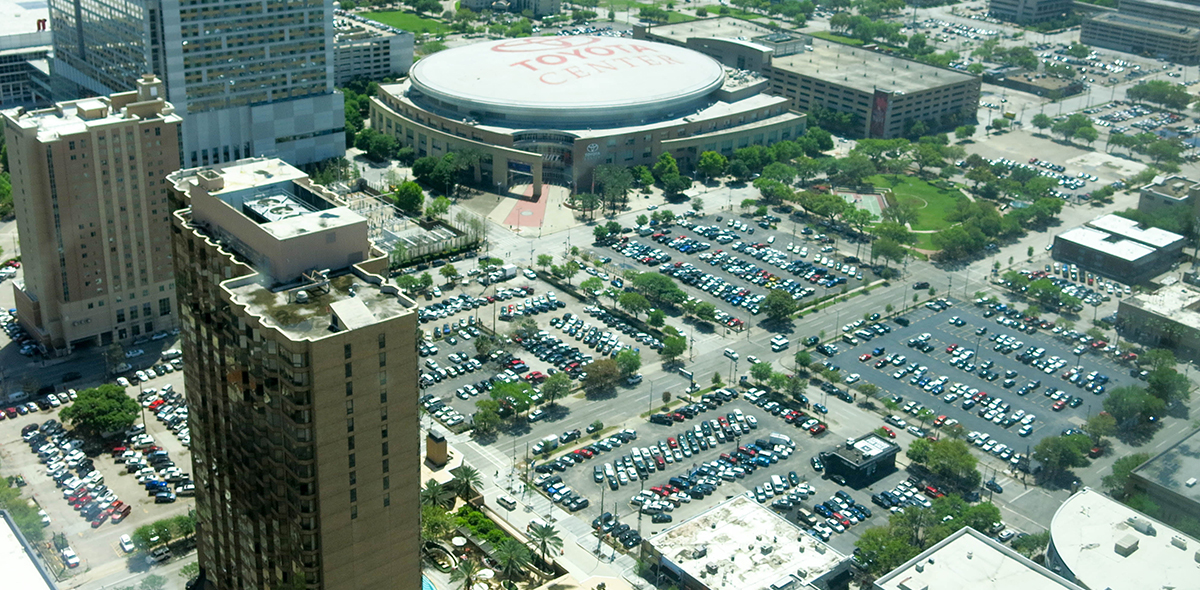Transportation scholar Daniel Chatman’s latest research builds on two decades of experience looking largely at the U.S. context. Chatman has studied how people get to their jobs and what that means for metropolitan economies. He has investigated traffic patterns, job sprawl, and mortgage subsidies for homes in high-density neighborhoods with good transit access. In 2013, he and a co-author argued that transit could be producing as much as $1.8 billion annually in economic benefits for cities.
Daniel Chatman will be speaking at MOBILIZE Santiago on urban development and dynamic cities, including national social housing policies and the integration (or lack thereof) of transit and access.
ITDP spoke to Chatman from office at the University of California-Berkeley, where he teaches in the Department of City and Regional Planning, to discuss his work and reflect on this year’s MOBILIZE theme, “just and inclusive cities become the new normal”.

Daniel Chatman, Professor at the Department of City and Regional Planning, University of California-Berkeley
ITDP: Your research has shown that transportation can allow for higher densification of cities and therefore higher productivity due to agglomeration economies. Are U.S. cities finally waking up to those benefits?
Planners throughout the United States are all being trained to believe things like smart growth and public transportation is a good idea however, cities don’t necessarily believe this is true. And the reason cities don’t is because people don’t, and the reason that people don’t is because people have their own concerns. They’re focused on their immediate impact of various kinds of funding and investment decisions, and those are neighborhood-level impacts in many cases. In some cases, people do believe and are willing to support massive sales tax increases, for example, in places like Los Angeles and Seattle.
And yet, as to whether that support ends up translating into actual major changes in densification of cities and in ridership at all, that’s a separate question. We have a lot of regulations that get in the way of those benefits being realized.
The fact is that, yes, in the United States, we have higher productivity in denser cities that have better transit systems. But if you look at those cities, you also have increasing income polarization. We have both of those things partly because housing is really expensive in those same places.
Planners tend to be on board because they believe in the power of cities. But sometimes our vision of beautiful cities with great amenities is a vision that’s more geared towards higher-income people, so you want to be careful about it.
How can we convince cities that parking reform is one of the best ways to improve equity in cities?
Off-street parking requirements increase the cost of housing, especially in dense environments. It’s not uncommon to see construction cost requirements for structured parking of $60,000 per space. That’s a lot of money.
Those requirements are an equity issue because of the housing cost, but they’re actually more pernicious than that, because they change the sort of housing that’s developed in the first place. Developers are more likely to build luxury housing in response to having to provide two parking spaces per unit.
There is some evidence that parking requirements in some places are a bigger constraint upon densification than anything else. That is to say, it isn’t the height requirement, existing zoning allocation, or the by-right density, it’s the parking that stops people from developing as densely as they would.
What sort of impact do you think that federal funding, or lack thereof in the current political climate, will have on transport planning in U.S. cities, and can they move forward anyway?
There are lots cities that were already moving ahead without federal funding, which is now a smaller fraction of all new transit starts anyway. Even though I’m critical of how transit projects have been funded by the federal government, it’s not as though putting all the money into roads is a good solution either.
The current political climate is going to have a negative impact on city sustainability. For example, the Trump administration was considering this trillion-dollar infrastructure plan the Department of Transportation put out a 50-slide list of potential projects. Most of it was maintenance and construction of roadway facilities. I don’t think that’s a positive thing, but I do think that it’s not going to have as big of an impact as it might have 20 years ago, because of the fact that cities have been looking for, at the state and at the local level, alternative funding sources and are increasingly relying on them.
Ultimately, the smaller cities will be the ones who feel the pain more, because it’s the bigger cities and the more affluent states that are going to get away with these sorts of tax increases that fund transportation. The outlying areas will suffer more.
[one_fourth] [/one_fourth] This interview is a part of the MOBILIZE Santiago Speaker Series. In this series, we will feature interviews with researchers from VREF’s Future Urban Transport where we will discuss their work in sustainable transport and reflecting on MOBILIZE Santiago’s theme: Just and Inclusive Cities Become the New Normal. To learn more about MOBILIZE Santiago and how you can register to attend the summit in Chile, visit mobilizesummit.org.
[/one_fourth] This interview is a part of the MOBILIZE Santiago Speaker Series. In this series, we will feature interviews with researchers from VREF’s Future Urban Transport where we will discuss their work in sustainable transport and reflecting on MOBILIZE Santiago’s theme: Just and Inclusive Cities Become the New Normal. To learn more about MOBILIZE Santiago and how you can register to attend the summit in Chile, visit mobilizesummit.org.







